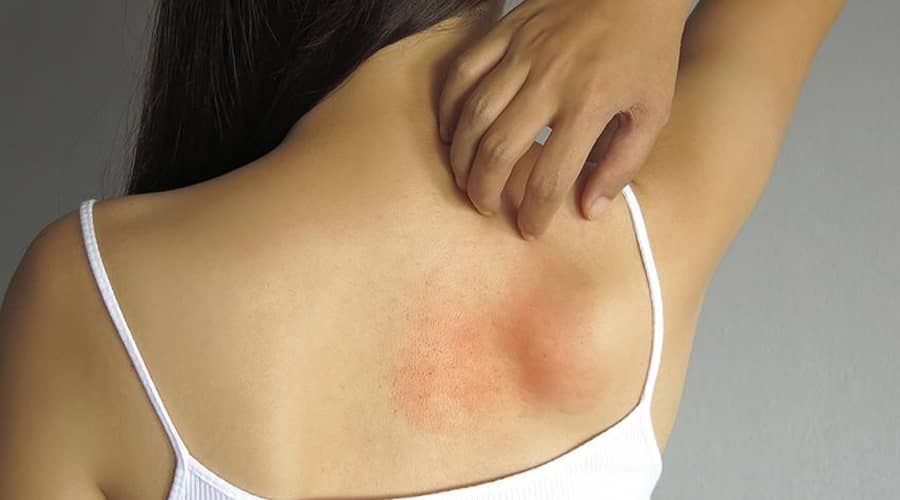
A skin allergy occurs when the skin comes into direct contact with the allergen.
This allergy occurs after ingesting a certain food or medicine.
The most common foods that cause allergies are seafood, milk, eggs, soy.
The rash itches, burns and hurts. However, it can also be without any discomfort. There are some allergic rashes that go away immediately when the allergen is removed and others that need treatment. Avoiding excessive alcohol consumption and smoking, and avoiding cosmetics can eliminate many allergies.
The symptoms of allergies on the skin can vary from itching, redness, rashes, swelling and burning sensations. Treating an allergic rash can be done at home, in this article we will show you what methods are available to you.In addition, natural remedies are much safer than ointments and steroids available in pharmacies and are often much more effective.
Allergy rashes with pictures: These will show you how much different an allergic rash is from a mosquito bite.
We can also show you an allergic rash with pictures. In many cases, people can’t tell if they have an allergic rash or just an insect bite. These 2 pictures might be able to help you.
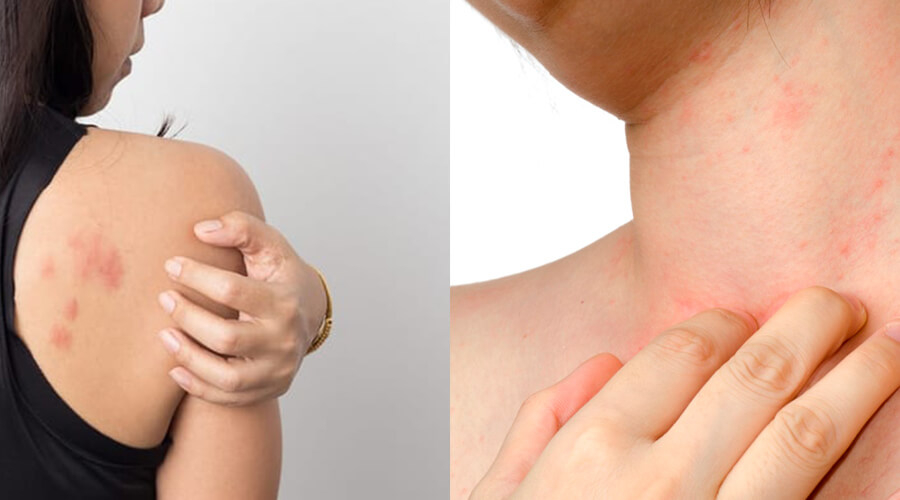
On the left is the sting and on the right is the allergic reaction.
Unfortunately, allergic skin reactions can often be difficult to recognise with pictures. This is partly because many stings have similar symptoms to a rash. However, if you are unsure about what it might be, it is worth seeking medical advice. Unfortunately, recognising allergic rashes from pictures can often lead to misinformation, so it’s best to leave this to a professional.
There are several ways to treat skin irritation at home.
Keep your skin clean: Use a mild, skin-friendly cleanser that does not contain irritating ingredients. Avoid strong soaps and harsh sponges as they can make the situation worse. Always wash your face with lukewarm water, then gently wipe dry with a soft towel.
Moisturise. Choose a light, oil-free moisturizer to help keep skin hydrated. Avoid products containing alcohol as these can further dry and irritate the skin.
Gentle treatment. Such activities can only aggravate skin irritation. Instead, treat the skin gently and allow it to heal.
Cold compresses. Apply a cold, damp towel to the affected area for a few minutes. This will reduce inflammation and relieve itching.
Natural remedies: Some natural ingredients can help relieve skin irritation. For example, aloe vera gel is often used to soothe and moisturise the skin. Chamomile or green tea may also be useful as they have anti-inflammatory properties. Always test the skin before applying any new product or ingredient to the whole skin.
Avoid irritants: try to avoid irritants such as strong-smelling products, dyes or alcohol. These may cause further irritation.
Avoid irritants: try to avoid irritants such as strong-smelling products, dyes or alcohol. These may cause further irritation.
Use natural remedies to treat skin allergies at home:
- Using the right vitamin C can help prevent rashes from appearing and heal them
- Treat the affected area with chamomile tea
- A mixture of cod liver oil and vitamin E effectively removes rashes
- Eat 3 tablespoons a day of a mixture of raw apple cider vinegar and honey, or mix them in a glass of water and drink it.
- For skin allergies, liver detoxification can also help (nettle tea, calendula tea, dandelion)
- Cleansing (herbs such as goldenseal, birch leaf and horsetail are suitable for this)
- Immune boosting (eating raw vegetables and fruits, rosehip tea, lemon balm tea)
What else can be done to ensure that home treatment of allergic rash is successful?
You can treat allergic rashes at home with baking soda. Just like chamomile, it can soothe problem skin. The following is the recipe, mix 3 parts of baking soda with 1 part of water and leave the resulting mixture on the skin for 15-20 minutes. Besides relieving allergic itching, it is also effective for sunburn. Baking soda can also be effective against hives.
Also recommended is witch hazel which is available in liquid form or as dried leaves. You can enhance its effect by mixing it with chamomile. It can be stored in the refrigerator for quite a long time.
Internal methods can prevent the development of allergy symptoms. Polyunsaturated omega-3 fatty acids have anti-inflammatory properties. It is found in the highest amounts in marine fish (salmon, sardines, tuna, mackerel). It is worth dressing salads with linseed oil.
Omega-3s help regulate blood pressure and prevent blood clotting.
Salt therapy is also available for allergy symptoms. In this therapy, sodium ions in the salt air are inhaled and transported to places in the body where bacteria and dust particles are located. Salt air can also remove these through coughing up phlegm.
Unfortunately, it is very difficult to identify allergic skin rashes with pictures. A medical examination is always necessary to make an accurate diagnosis.
Allergic reactions may involve vesicular rashes that appear on the skin.
These allergic skin rashes are usually itchy, red or pink in colour, and the blisters are filled with fluid inside. The blisters may vary in size. Allergic skin rashes can develop as a result of reactions to various allergens, such as foods, medicines, insect bites or plants. Treatment of allergic skin rashes involves finding and avoiding the allergen and using medicines to relieve itching and discomfort. Recognising and diagnosing such a blistering rash with pictures is often challenging. For this reason, it is recommended to consult a dermatologist for proper diagnosis.
Food allergies or food intolerance can also cause rashes.
What is a food allergy?
In food allergy, symptoms can range from mild to quite severe. In this case, the body’s defence system, the immune system, reacts to certain foods as if they were harmful to the body and starts producing antibodies.
What is food intolerance?
In food intolerance, the symptoms are triggered by the digestive system. Symptoms are much slower and less severe than in food allergy.
Symptoms of food allergy on the skin may include:
- Stinging, itchy rash
- Swelling (angioedema)
- Atopic dermatitis (skin inflammation)
- Blisters, red patches, redness
- Quincke’s edema (swelling of the skin around the eyes and lips)
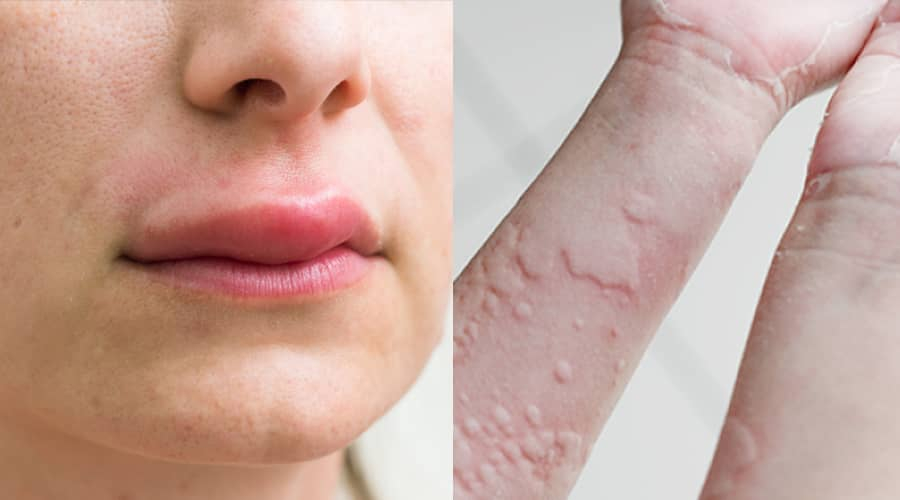
food allergy rash illustrated with pictures

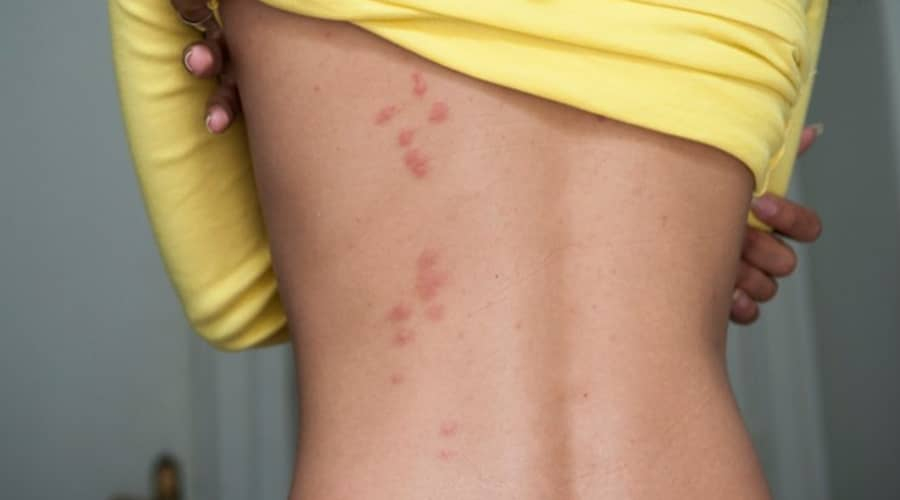
allergy symptoms on skin with pictures
Treatment of hives at home
Hives are one of the most common dermatological conditions. Their colour is pale red or whitish, resembling a mosquito bite. They can develop quickly, even within minutes, and disappear after a few hours (in some cases they can last for days.) If the rash is not severe or severe, there is no cause for concern. In such cases, it is often triggered by an allergy, which will go away in a few hours or, at worst, days. If we are sure that it is only a food allergy and the symptoms are not severe, then medication is not necessary.
However, it is still possible to relieve the itching of hives.
There are several ways to relieve itching. Examples include cold showers, ice cubes, or essentially any cold application to the area. The only thing to remember is that when applying ice, put the ice in a cloth and do not apply it directly!
Among the home remedies for itching, aloe vera may also be effective. The easiest way to use it is to apply the gel to the rash several times a day.Some people even drink the juice, but this is not recommended for everyone!
In more serious cases, it is recommended to consult a doctor, as it can be caused by a virus.
Treatment of dust allergy at home
Unfortunately, treating dust allergies is not as easy as it sounds. In the first instance, most cases are not triggered by dust but by dust mites. Unfortunately, getting rid of them is not easy. And very often the only way to treat the symptoms is with medication. Symptoms often include inflamed eyelids, itchy eyes, runny or stuffy nose, chest tightness, coughing and wheezing. In order to get rid of dust and dust mites, drastic changes may be necessary. This means getting rid of most dust traps. These include carpets, stuffed animals and, because of the constant cleaning, the room needs to be arranged so that it is easily accessible.
Treating hair dye allergies at home
The first step if you suspect a hair dye allergy is to wash it off immediately. Washing the face and scalp with water can help reduce itching and swelling.
Chamomile tea may have a soothing effect on the affected skin area. Therefore, it is recommended to apply chamomile tea to the affected area in such cases.
Aloe vera gel may have a moisturising and soothing effect on irritated skin.
However, it is important to seek medical advice if symptoms persist or worsen
Home treatment for burning itchy skin
Cooling compresses: soak a clean cloth in cold water and gently apply to the affected area. This can help relieve the burning sensation and itching.
Wear cotton clothing: Choose loose-fitting cotton clothing that allows the skin to breathe and avoids further irritation.
Natural moisturisers: using shea butter, coconut oil or aloe vera gel can help moisturise and soothe burning, itchy skin.
Not too hot shower or bath: Avoid using hot water as this can cause further irritation. Instead, shower or bathe in lukewarm or cold water.
Tea-bath: Add chamomile or green tea to your bath water to help relieve skin irritation and itching.
Herbal creams: the use of herbal creams such as chamomile or calendula cream can help relieve itchy skin.
Avoiding allergens: Avoid substances that your skin is sensitive to or may have an allergic reaction to.
Reduce stress: stress can also contribute to skin irritation and itching. Try stress reduction techniques such as meditation or breathing exercises.
Hydration. Use a light moisturising cream or oil at least once a day.
Treat drug allergies at home.
Antibiotics and non-steroidal anti-inflammatory drugs are the most common allergic reactions. If a severe reaction occurs, it is essential to stop using the medicine and see a doctor urgently. The doctor will recommend another medicine if necessary, but whatever is causing the allergic reaction should not be taken any longer.
So the treatment of allergic rashes can be done excellently with the herbs and methods mentioned above. We know that many people suffer from different allergies and we hope we have been able to help you a lot.
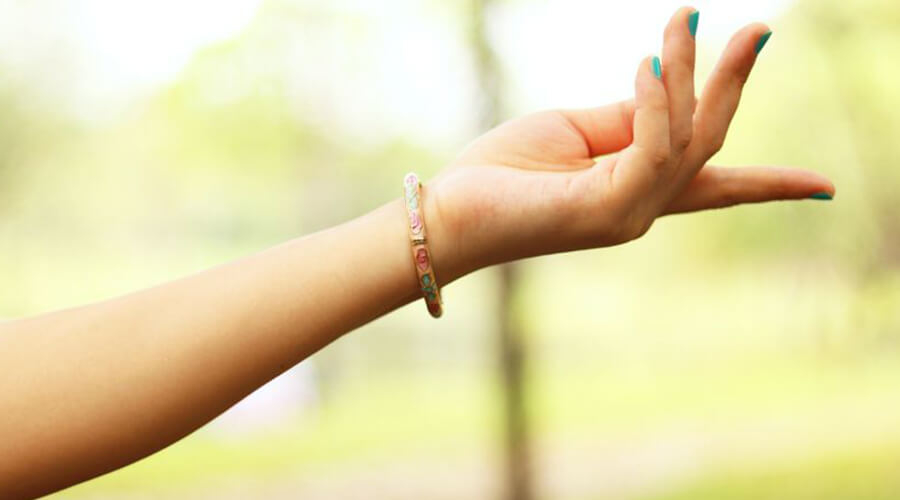
Mosquito bite allergy
The majority of people react to mosquito bites with mild itching and swelling, but allergic reactions can be more severe and cause the following symptoms:
Severe itching, itchy rashes on the body: itching in a mosquito bite with an allergic reaction may be significantly more severe than in a normal bite.
Swelling: An allergic reaction may usually be accompanied by more severe swelling of the skin at the site of the bite.
Redness: The allergic reaction often causes the sting site to become red.
Skin rash: Some people may also experience an eczema-like rash at or around the mosquito bite site.
Blisters or ulcers: In rarer cases, reactions may be more severe and blisters or ulcers may develop at the bite site.
What can cause an itchy rash on the body?
Itchy rashes can occur for a number of different reasons and can be caused by allergic reactions, infections, skin conditions or other health problems.
Allergic reactions: different substances, such as food, medicines, plants or household chemicals, can trigger an allergic reaction.
Skin infections: Fungal or bacterial infections, such as dermatitis or folliculitis, can cause an itchy rash.
Some autoimmune diseases, such as lupus or psoriasis, can cause skin problems and itching.
Parasites: Fleas, mites or other parasites can cause irritation and itching.
Dermatitis: dermatitis caused by irritants or allergens, such as eczema or contact dermatitis, can result in an itchy rash.
Heat rash: Heat rash caused by hot weather or sweating can also cause itching.
Feverish conditions: Some infections or febrile conditions, such as measles or rubella, can cause rashes and itching.
Systemic diseases: some internal organ diseases, such as liver or kidney disease, can also cause rashes and itching.
What can be the symptoms of a straw allergy?
Skin irritation: areas of skin that come into contact with artificial straw may become red, itchy, burn or blister.
Rash: The allergic reaction may cause a rash, often in the form of small red spots or blisters.
Itching: Affected areas may become intensely itchy, which may cause discomfort.
Stinging, burning sensation: an allergic reaction may cause unpleasant sensations on the skin, such as stinging or burning.
Puffiness: Swelling or swelling of the skin may occur.
Exfoliation: scaling or drying of the affected areas may be observed.
What are the skin symptoms of milk allergy?
Milk allergy rashes on the skin can vary and can be of different severity depending on the individual.
Itchy rashes on the body: red, itchy or swollen rashes may appear on the skin, which may form blisters.
Stinging sensation: tingling, burning sensation or itching of certain areas of the skin may occur.
Urticaria (hives): Itchy, swollen, red skin rashes that resemble hives.
Eczema: Individuals with milk allergy may be prone to eczema symptoms such as redness, itching, blisters or dry, scaly skin.
Angioedema: This is a more serious condition that causes swelling in the deeper layers of the skin or tissues and can be particularly dangerous if swelling of the face, throat or tongue occurs as it can cause breathing difficulties.
How can an allergic reaction be treated at home?
Antihistamines. These can be bought in tablets, syrup or spray form from pharmacies.
Nasal sprays. There are some nasal sprays that are only available from a doctor, so if you need them, it’s a good idea to see a doctor.
Eye drops: if the allergic reaction affects your eyes (e.g. itching, redness), eye drops can help relieve symptoms.
Herbal teas and medicinal plants: some herbal teas, such as chamomile tea, can have a calming effect on allergy symptoms. Medicinal herbs such as peppermint and green tea can also help relieve allergic reactions.
Local cold or hot therapy. For example, cold compresses can help reduce nasal congestion and swelling.
Humidifiers or air purifiers: These can help reduce allergy symptoms.
